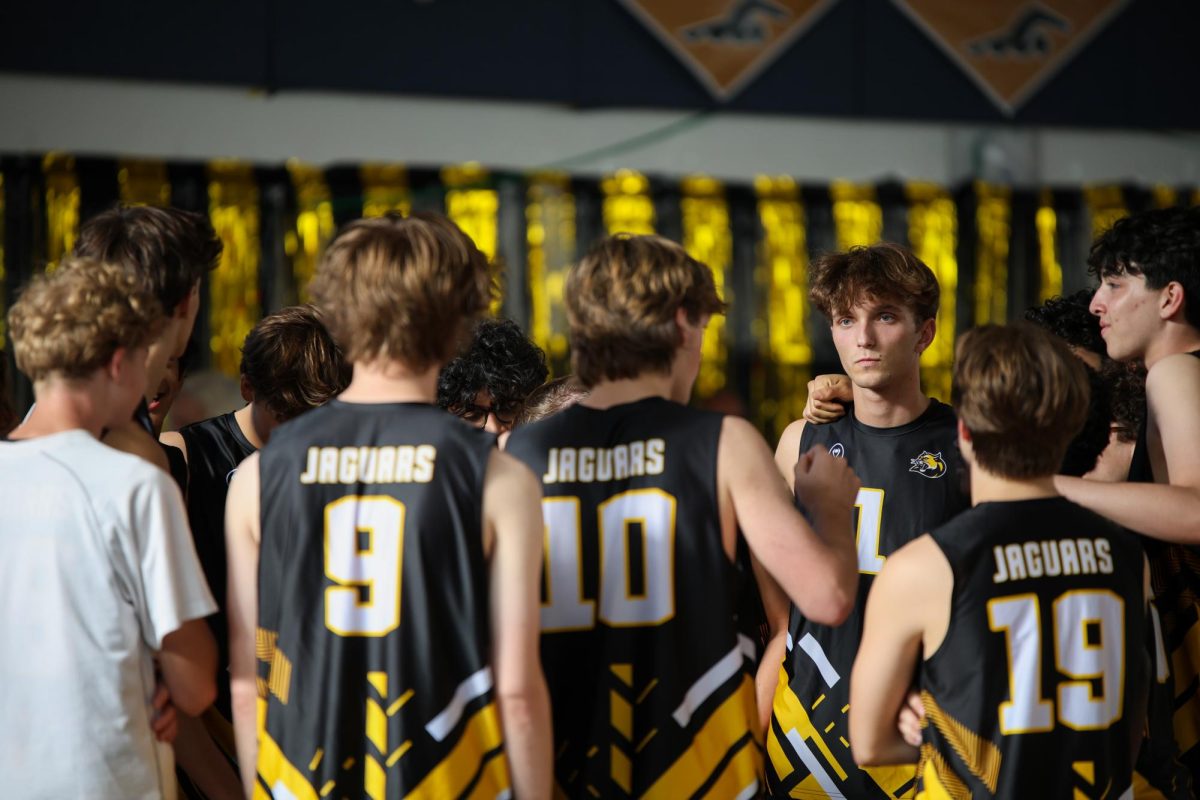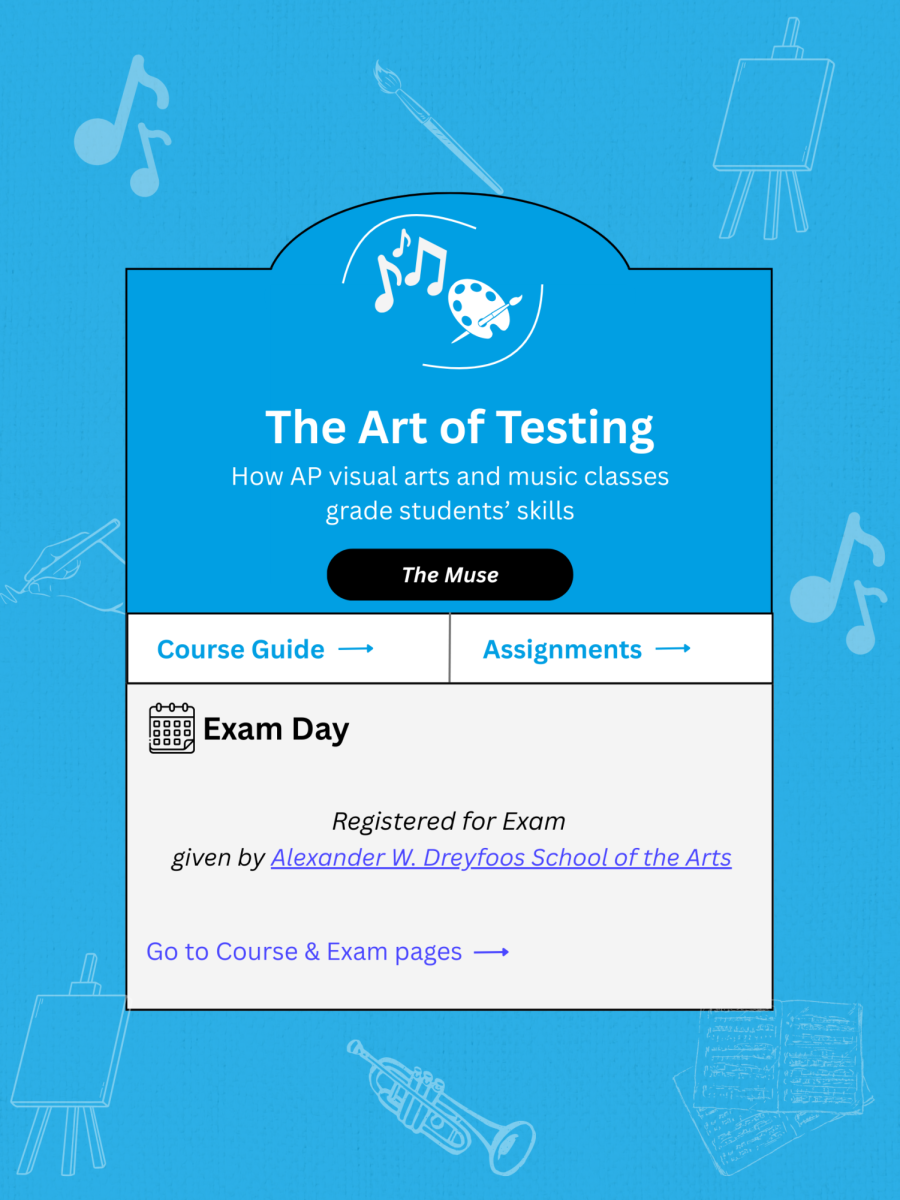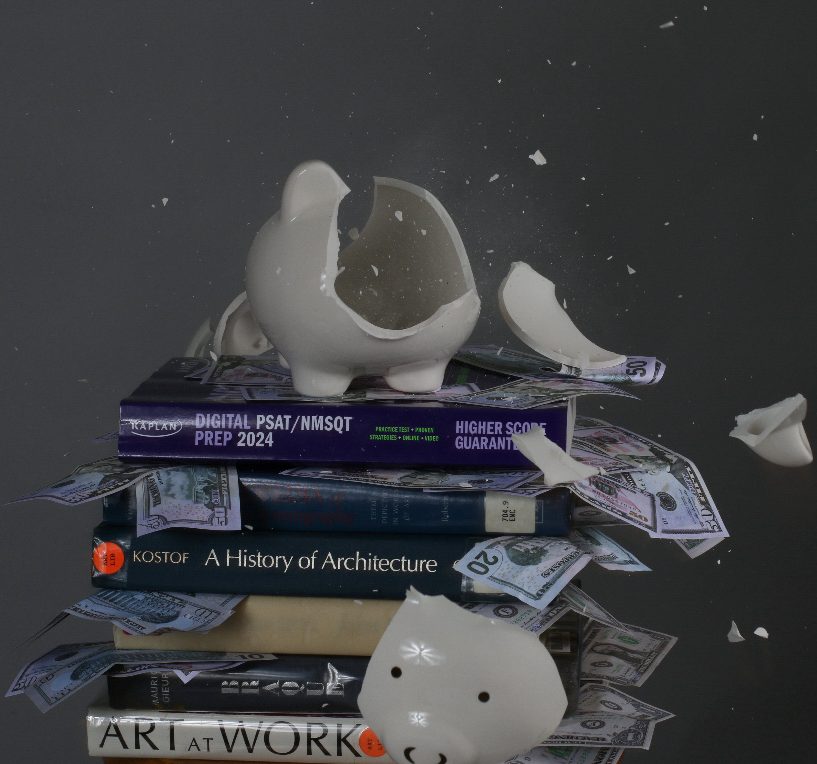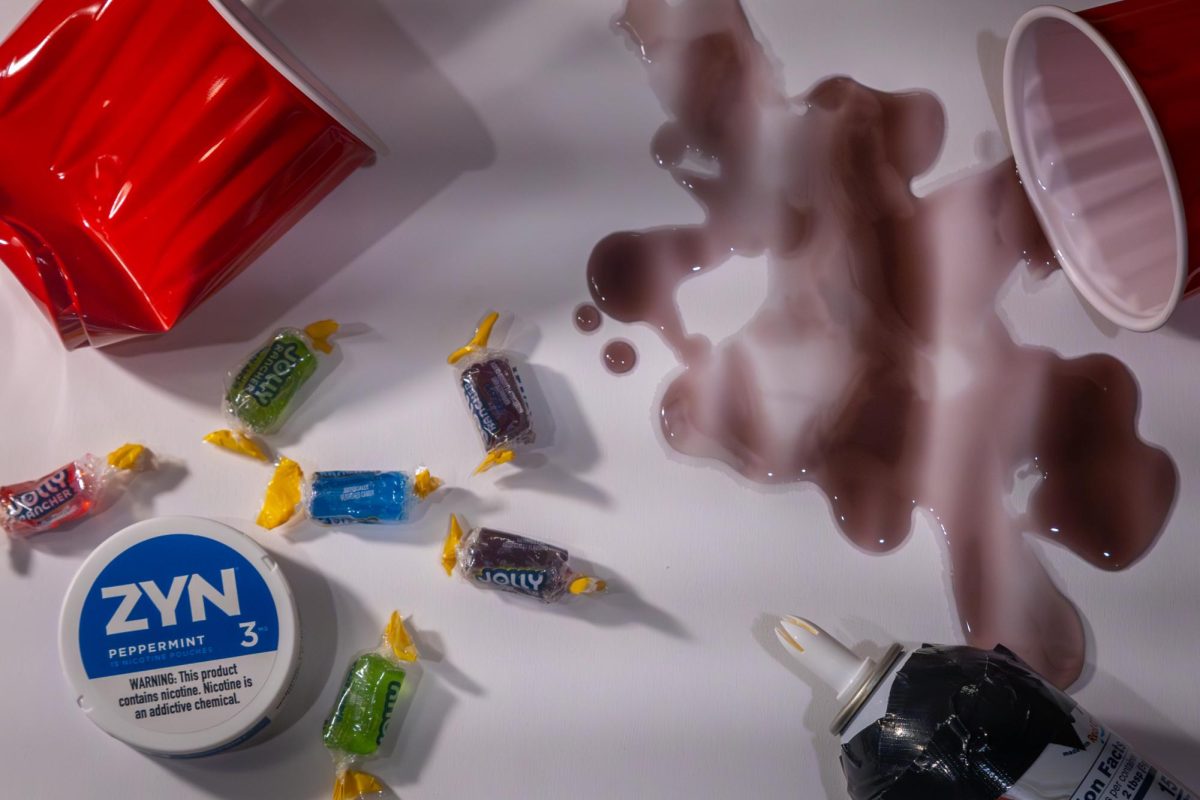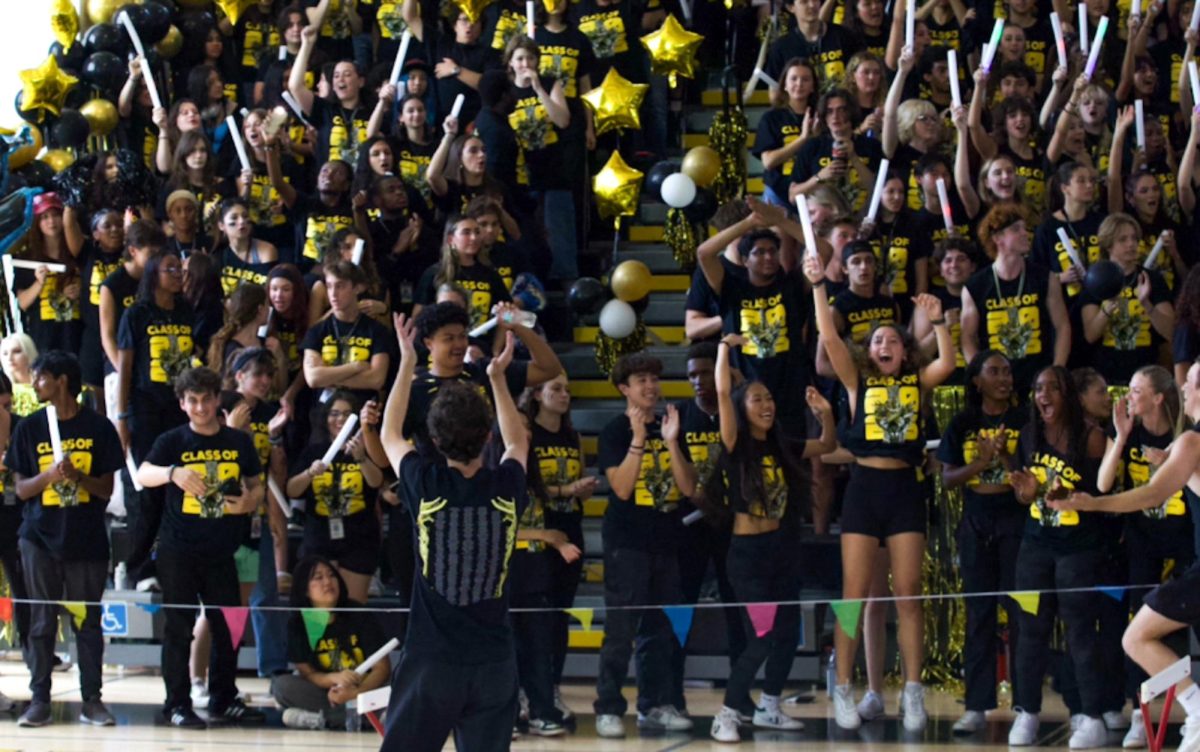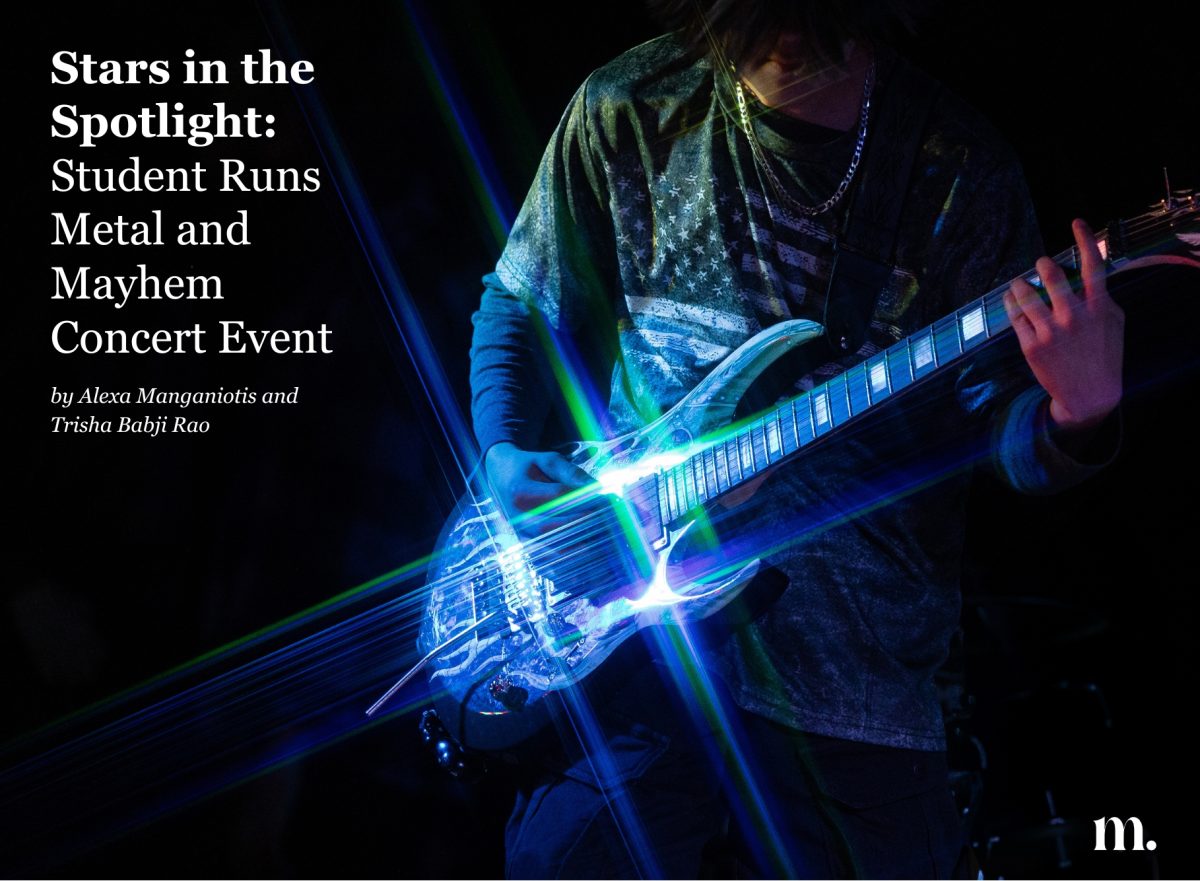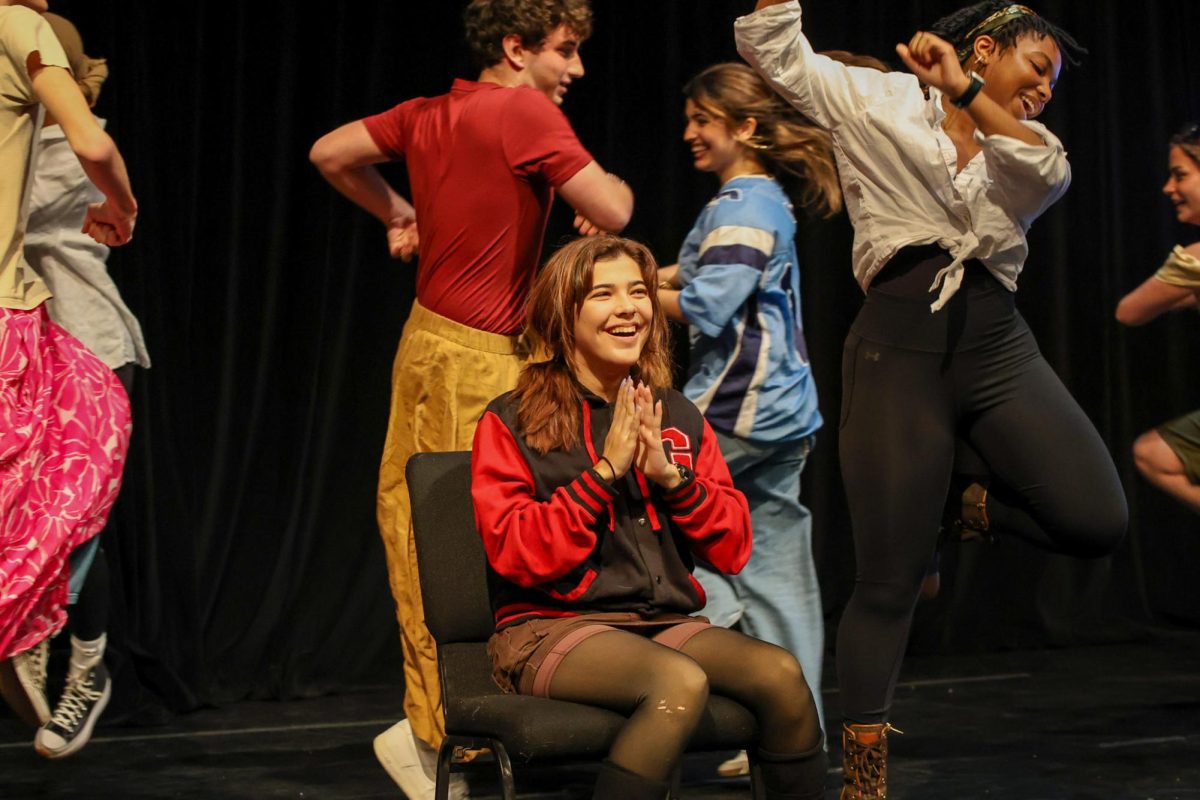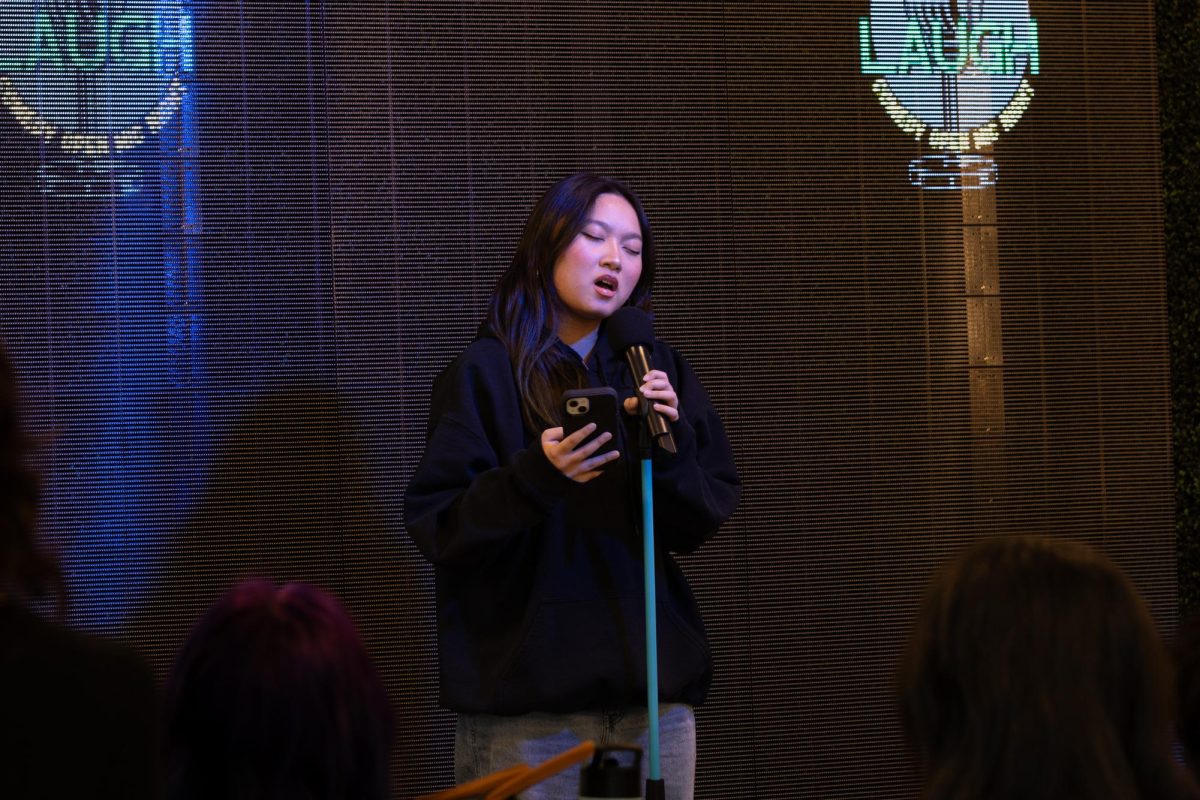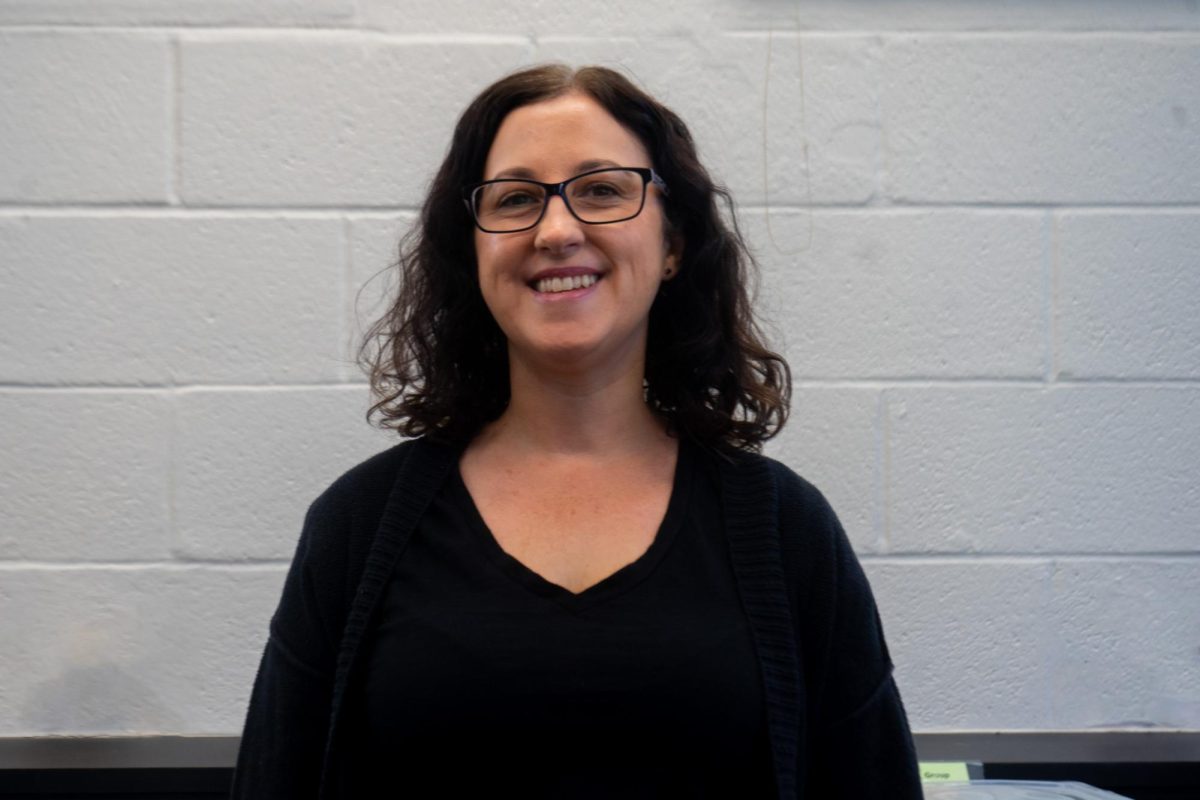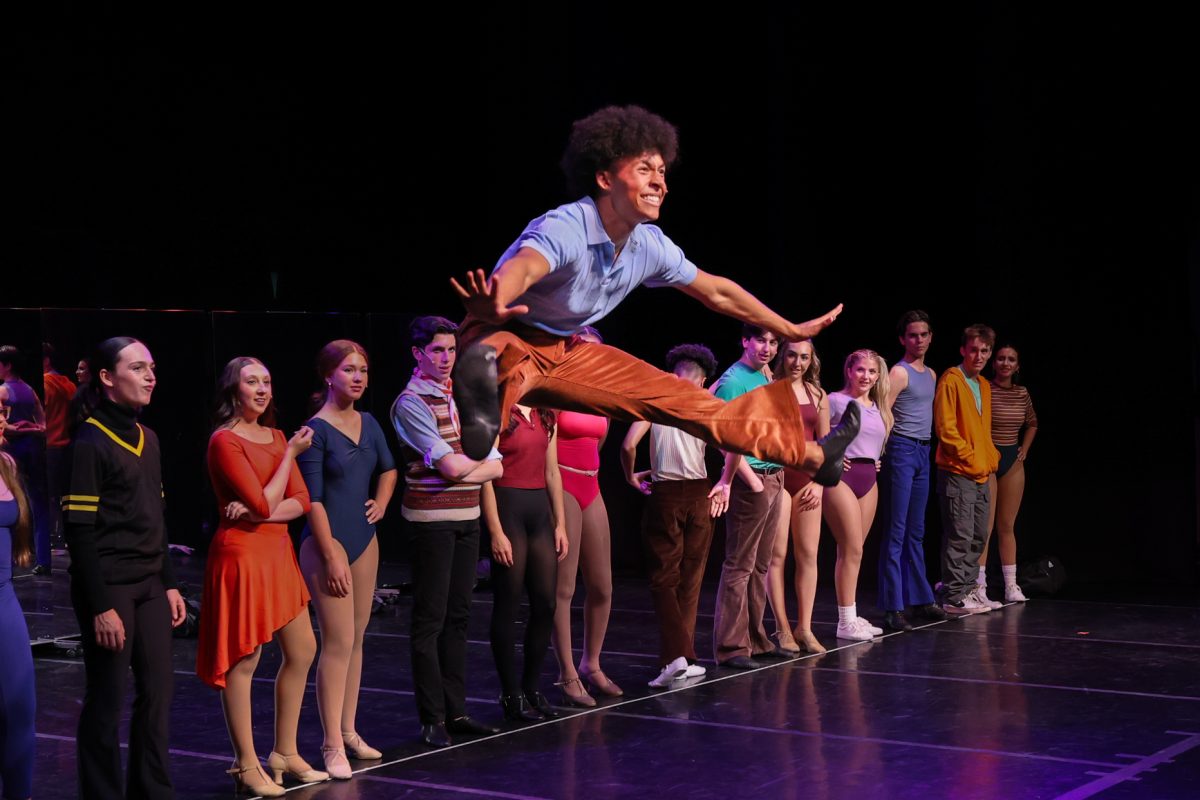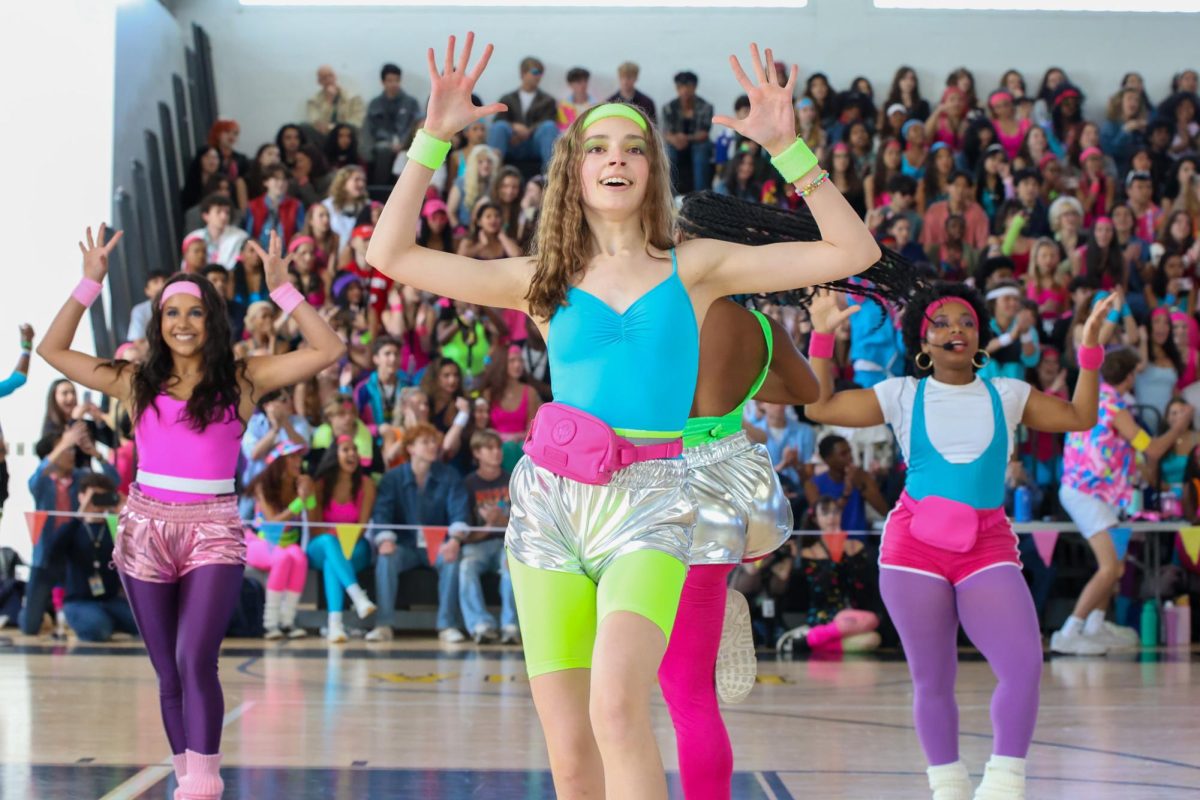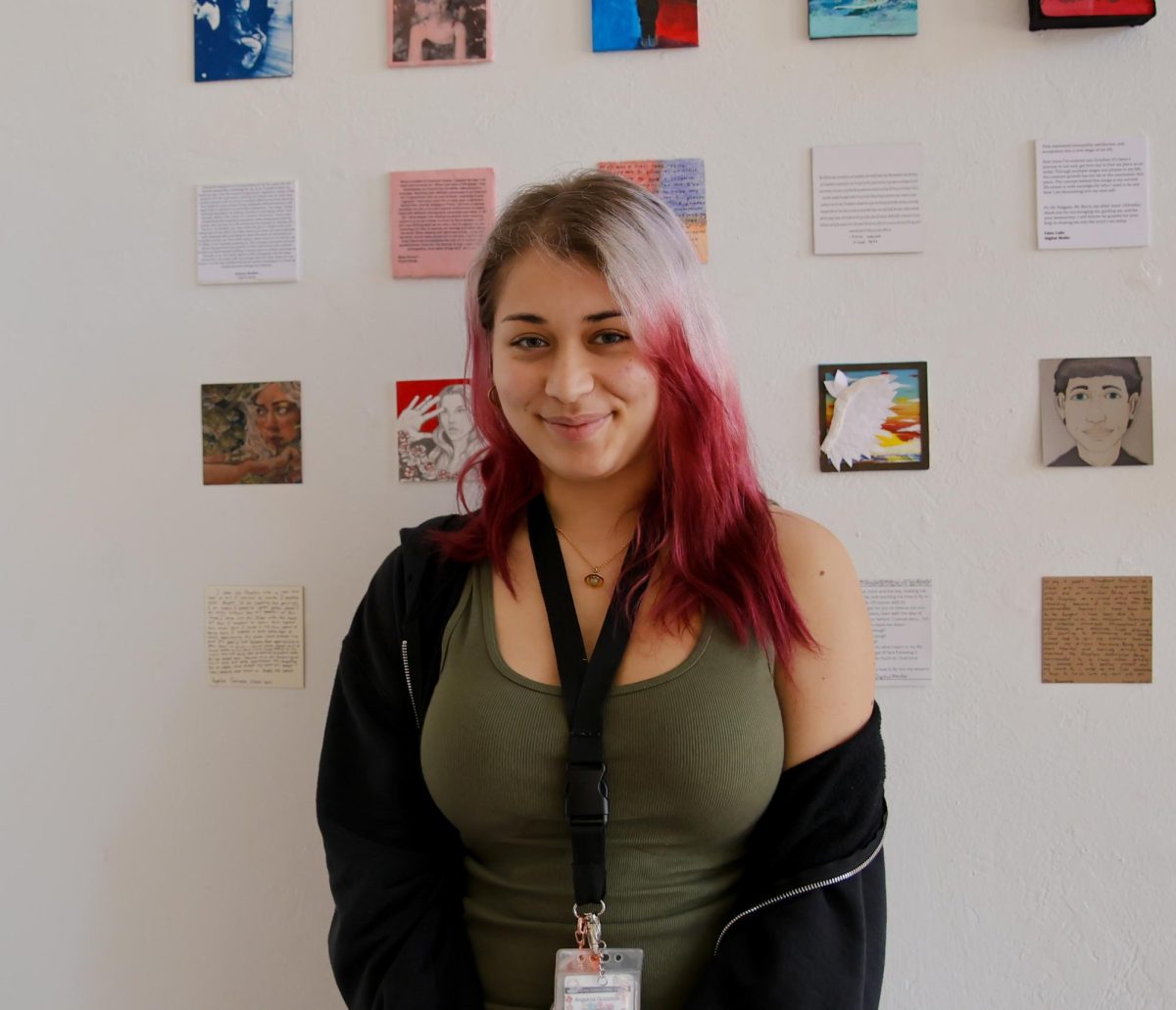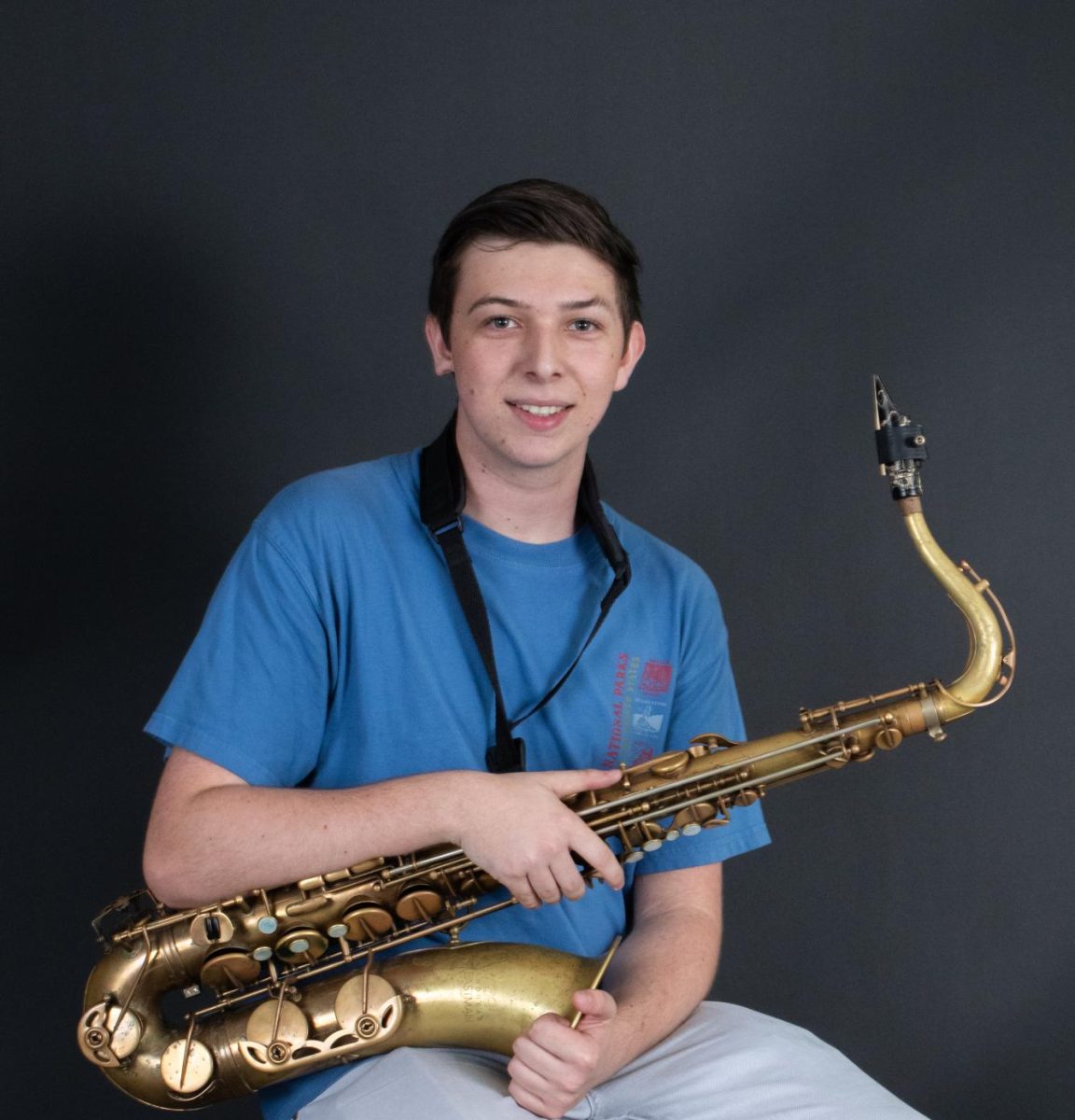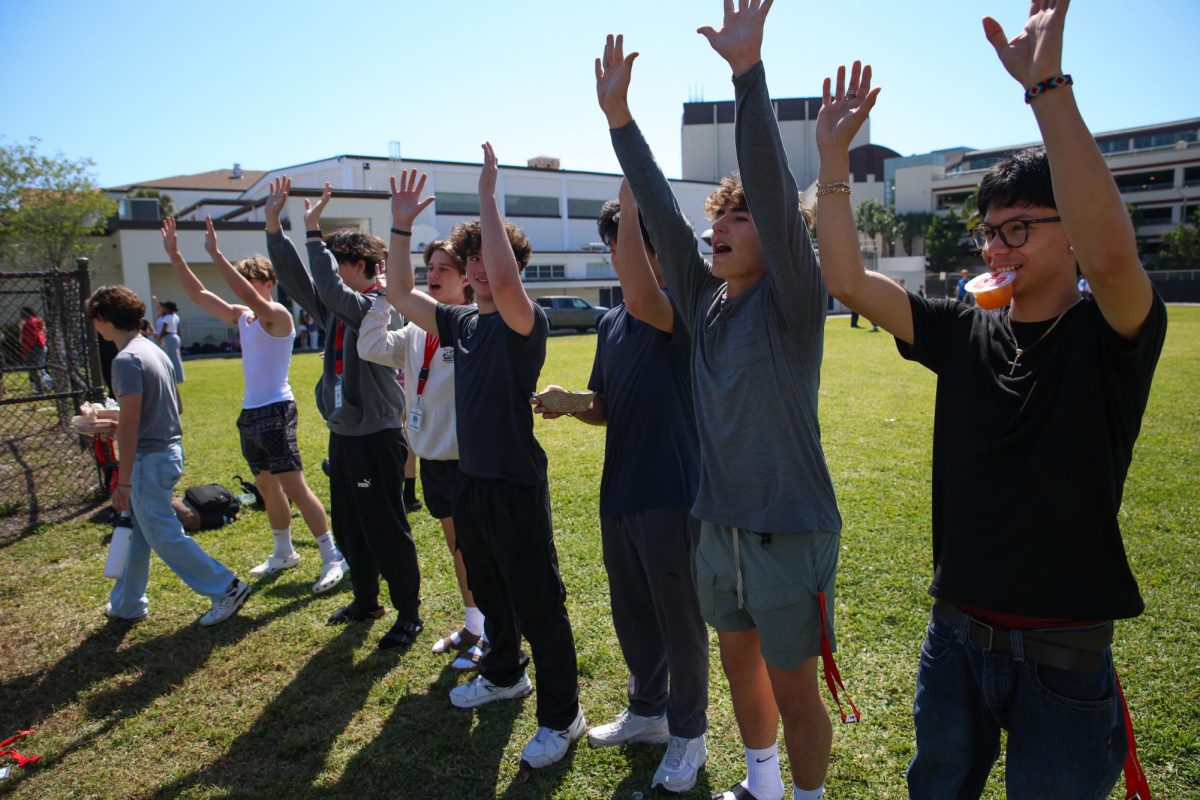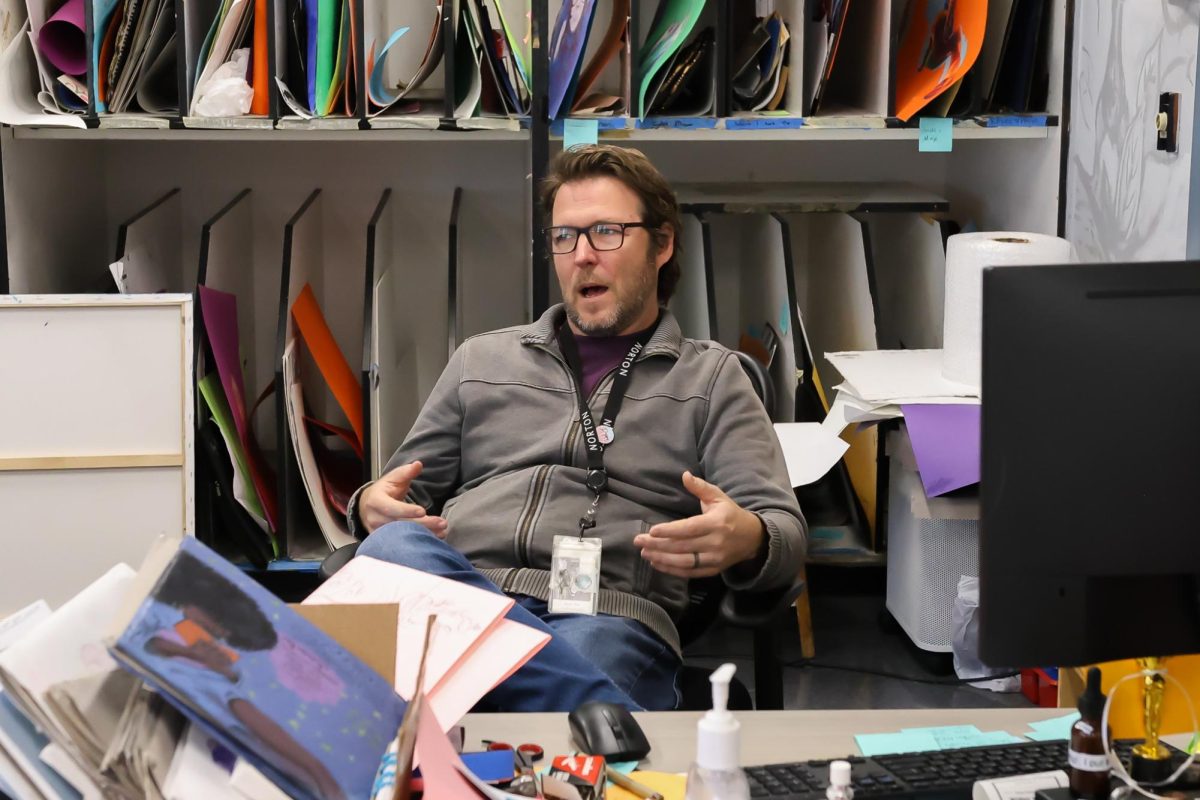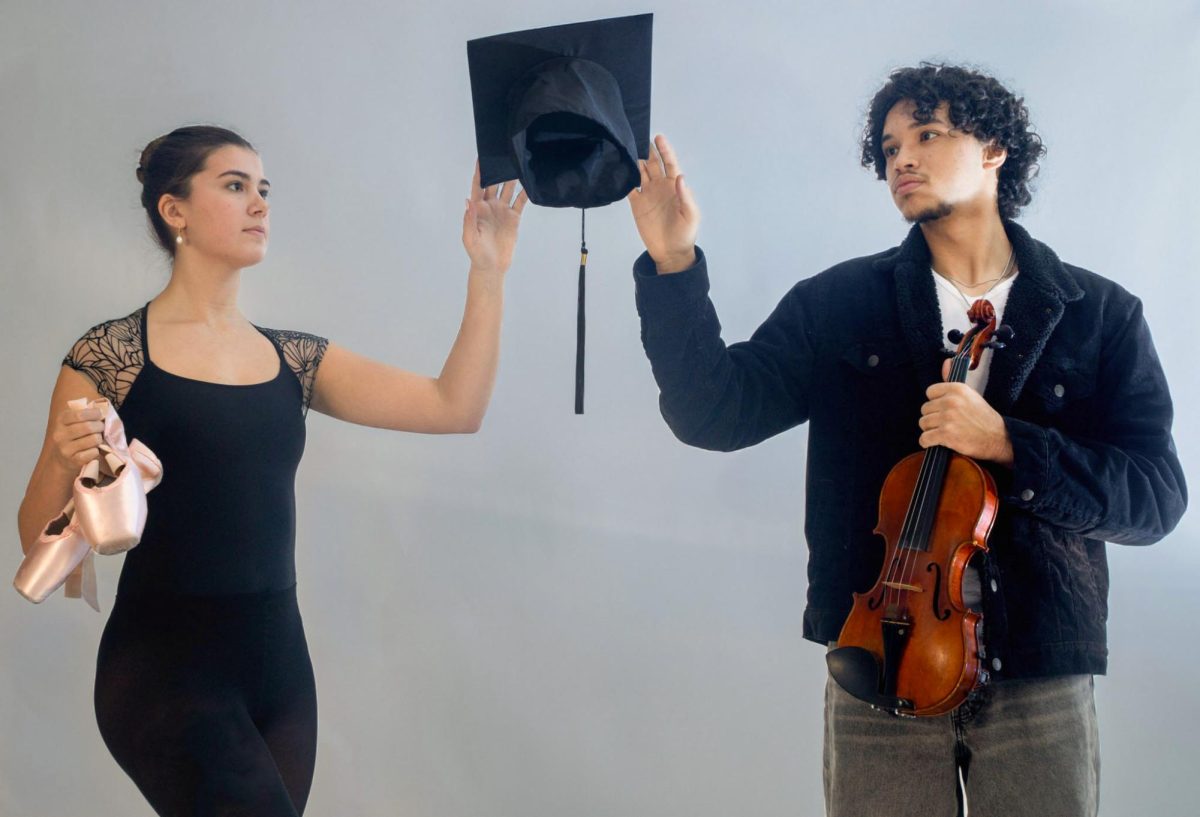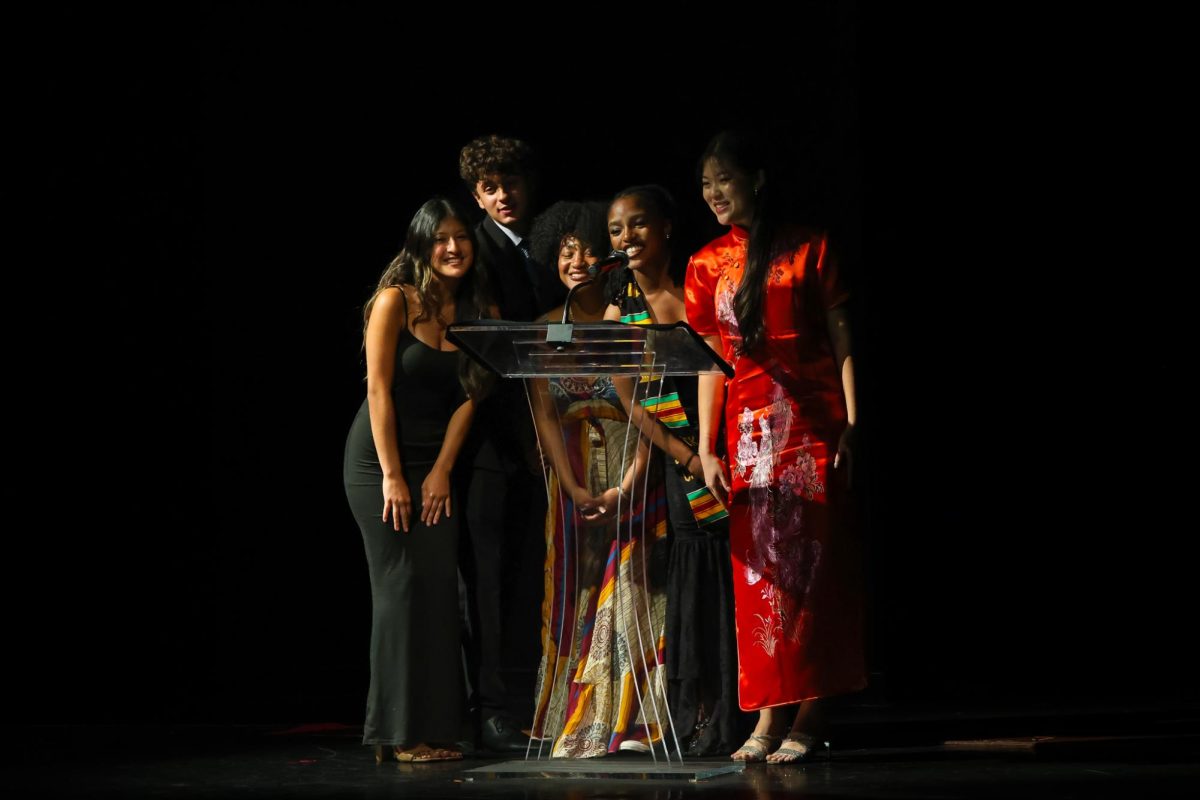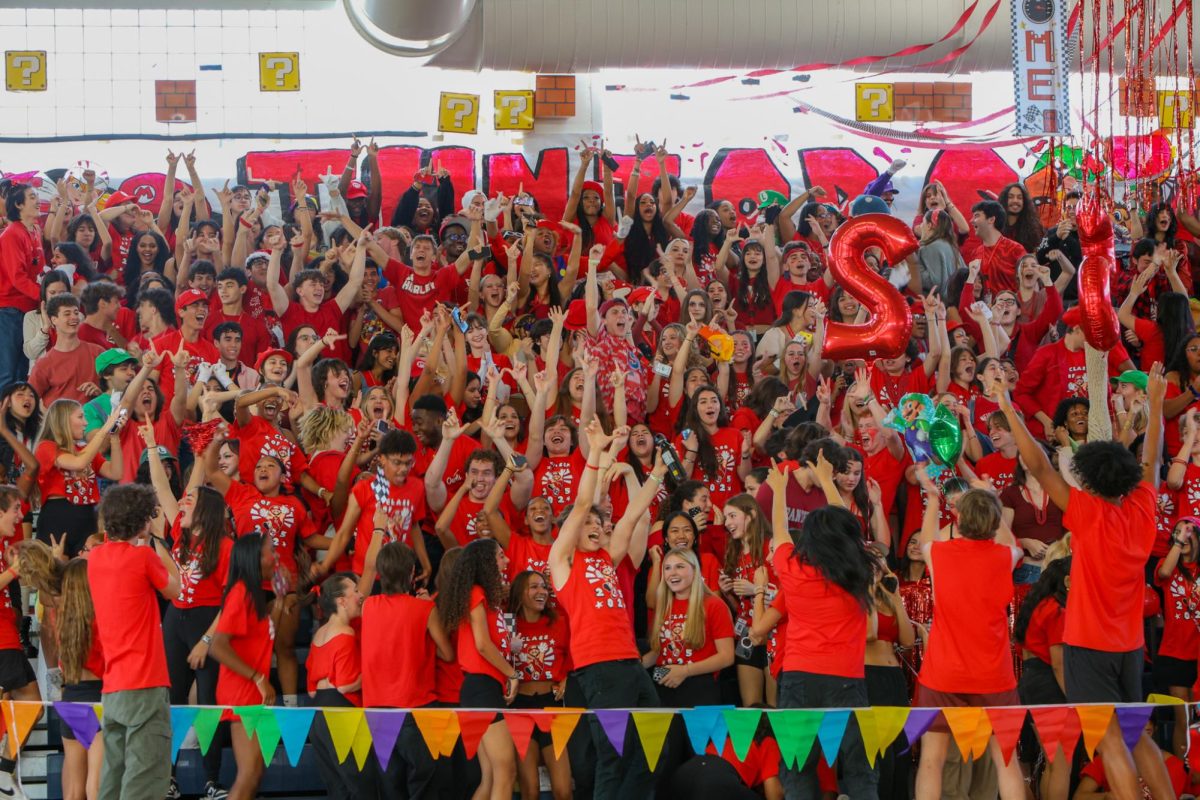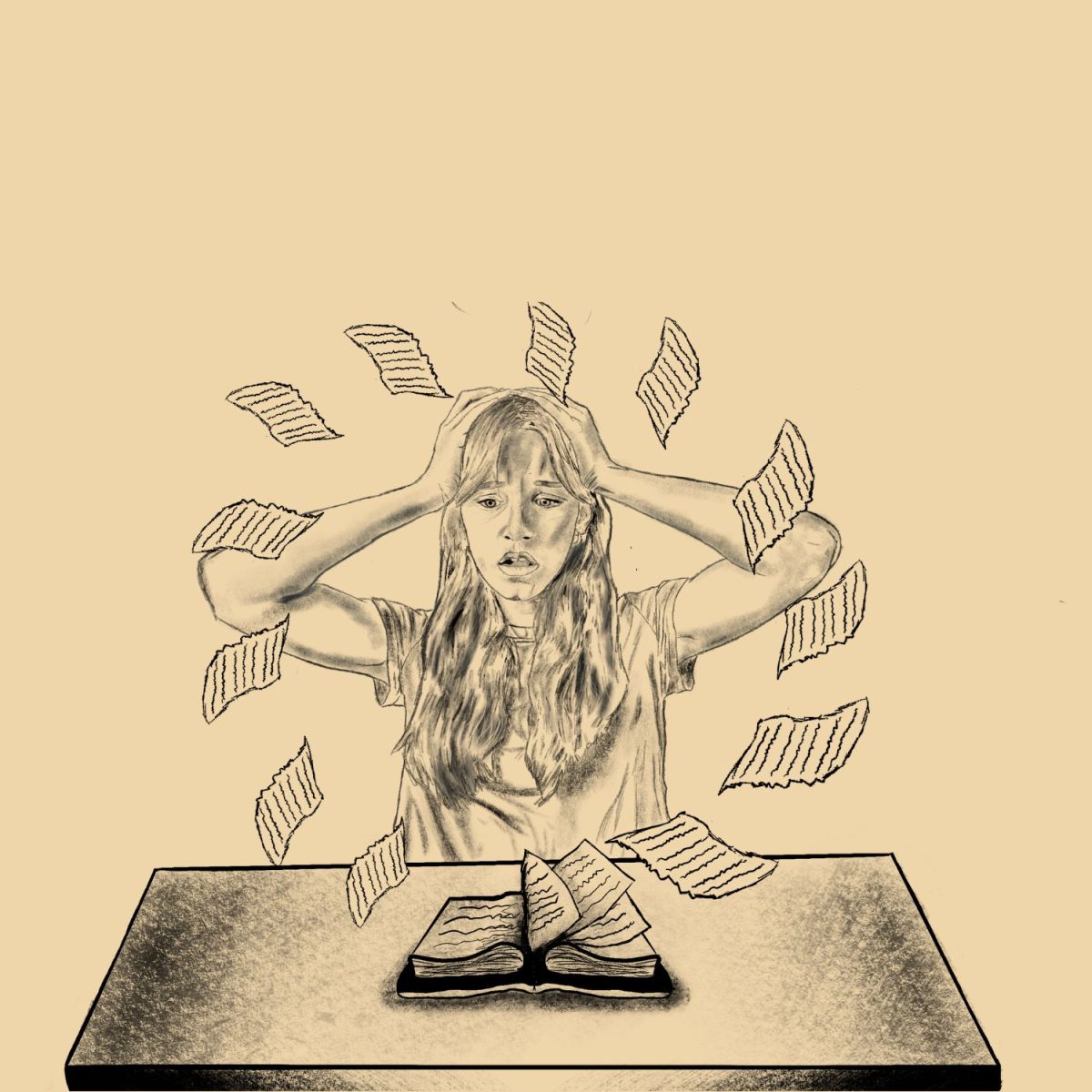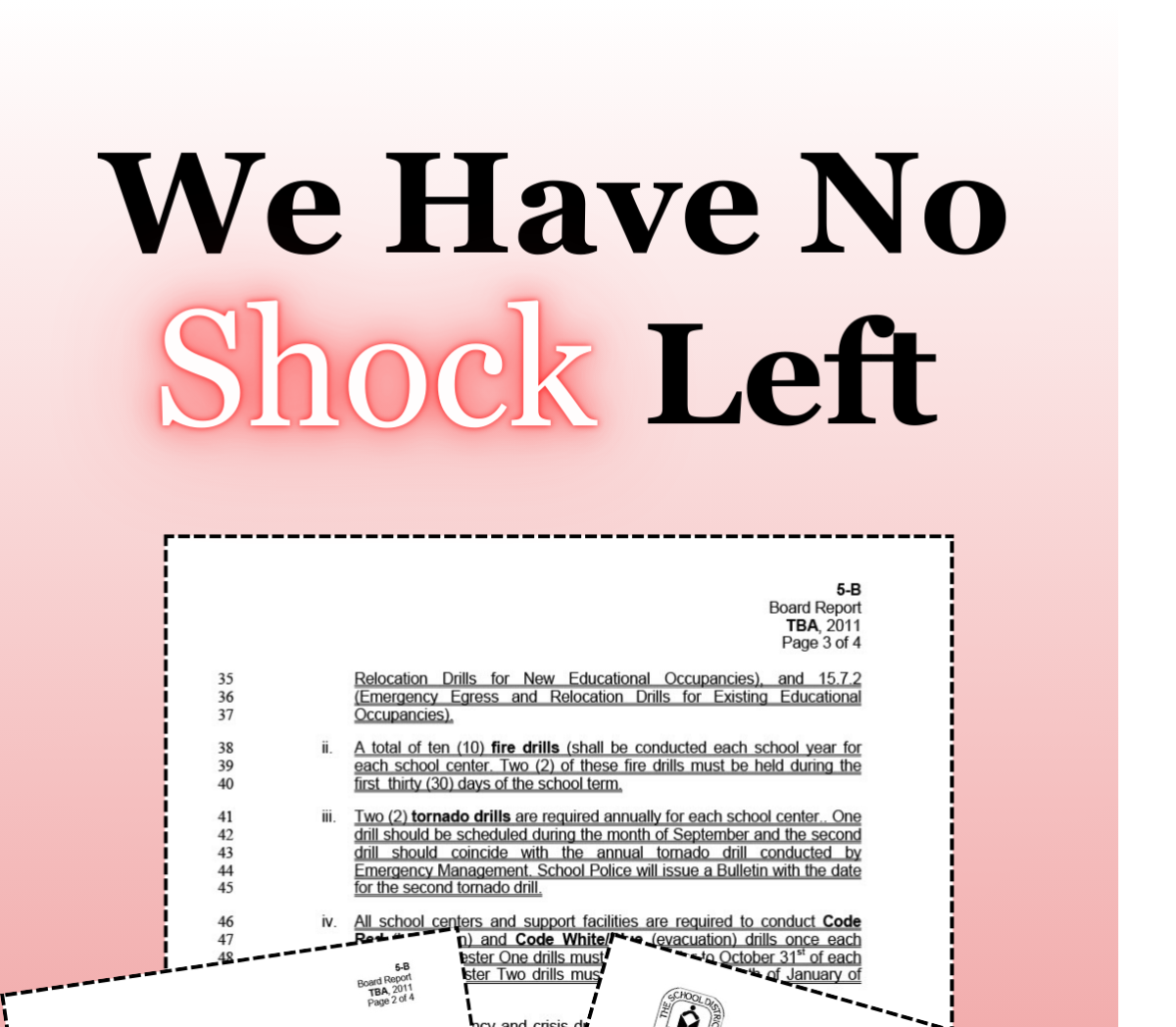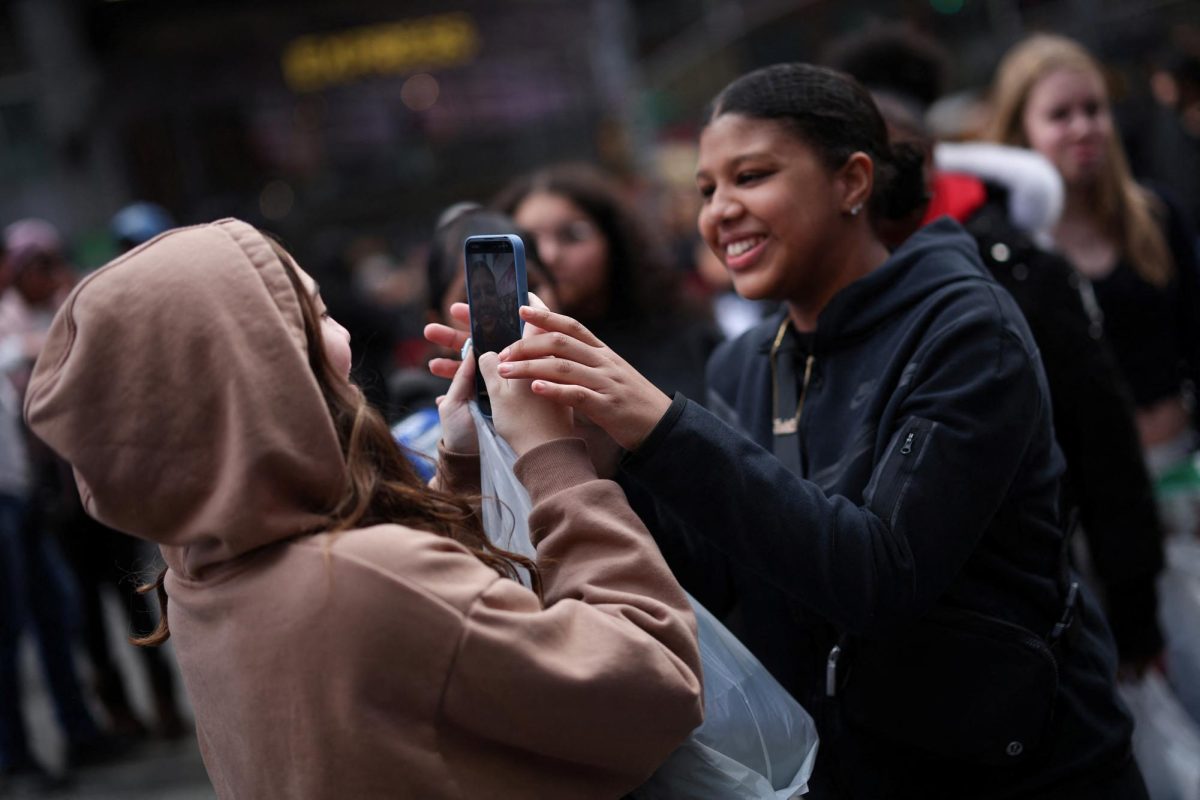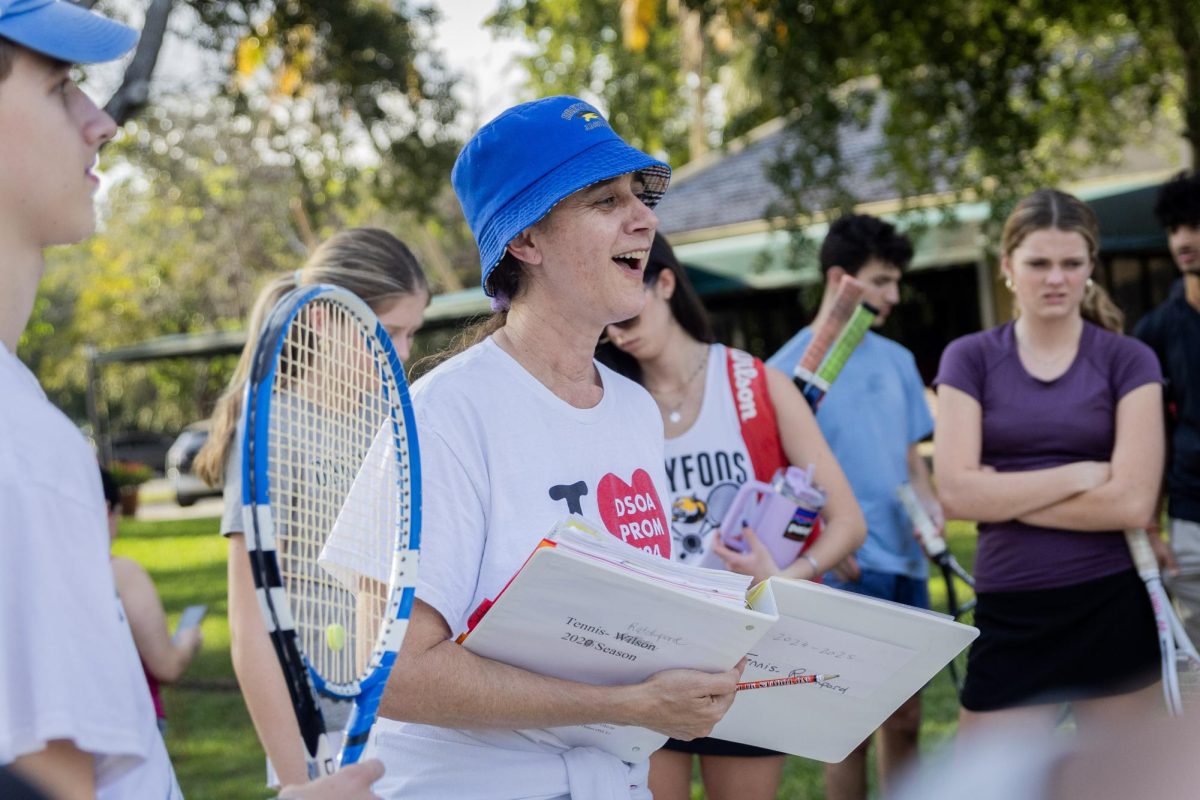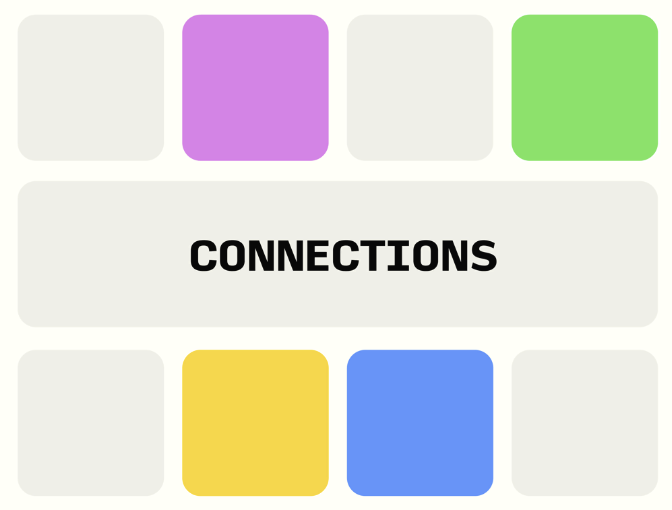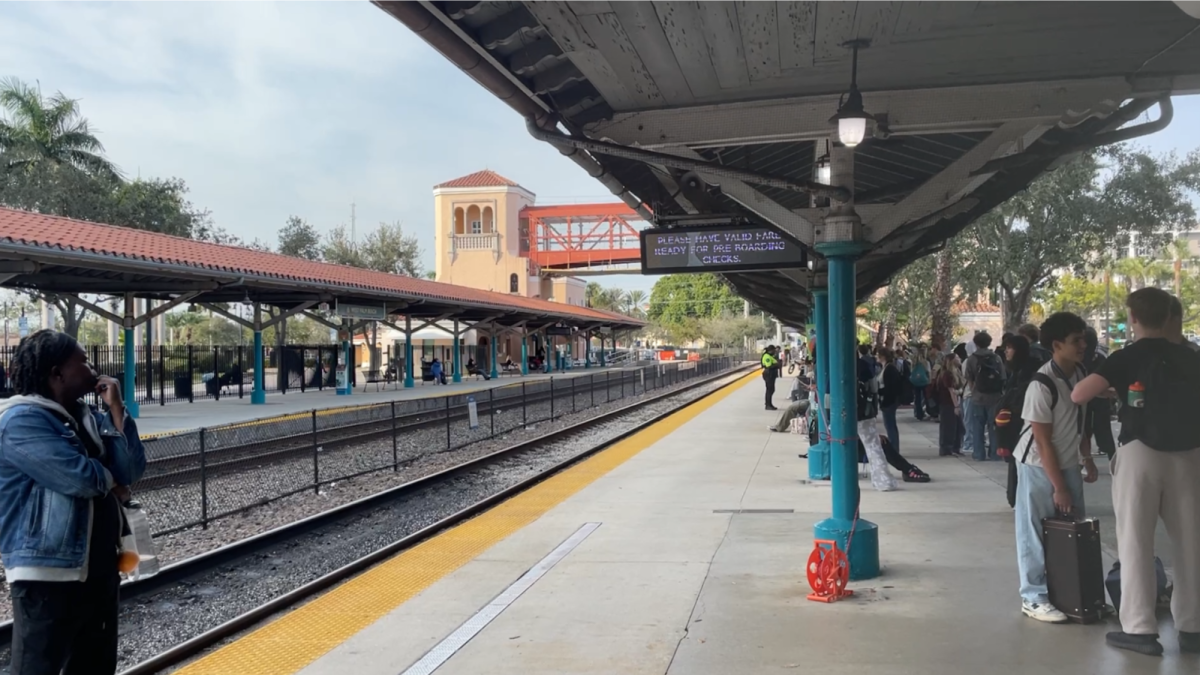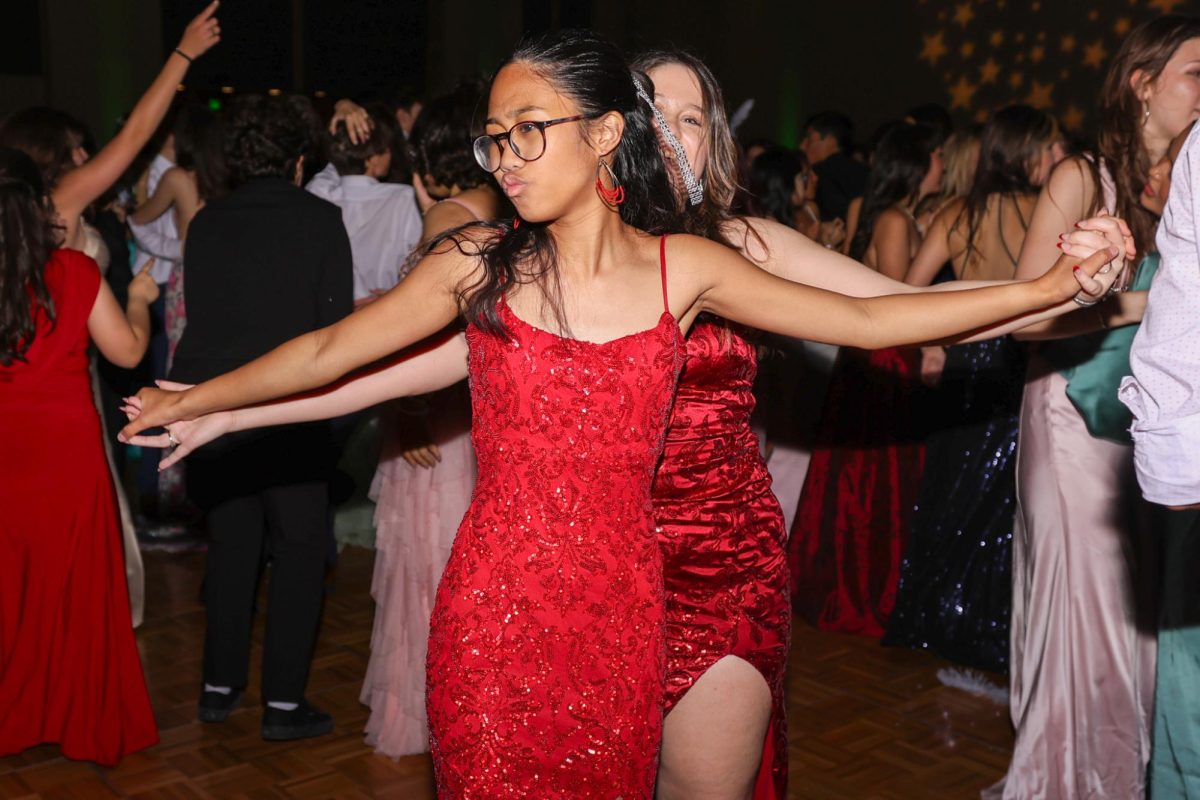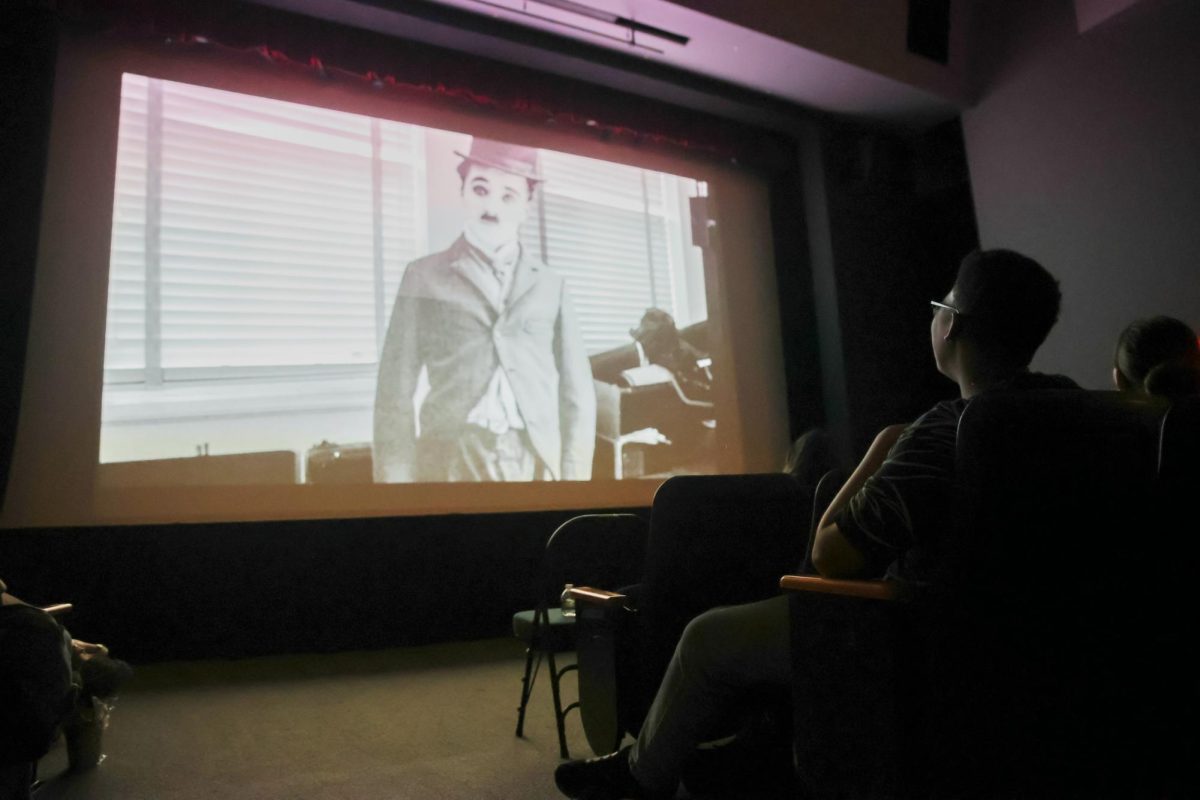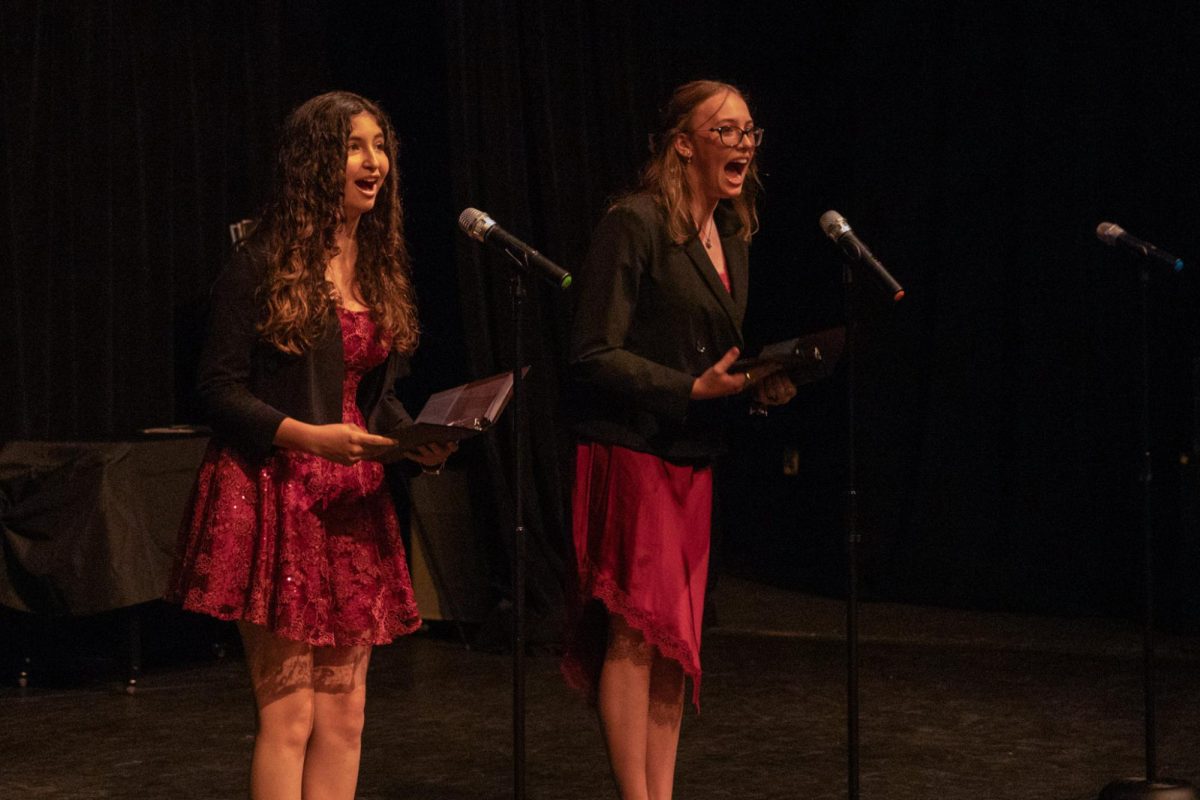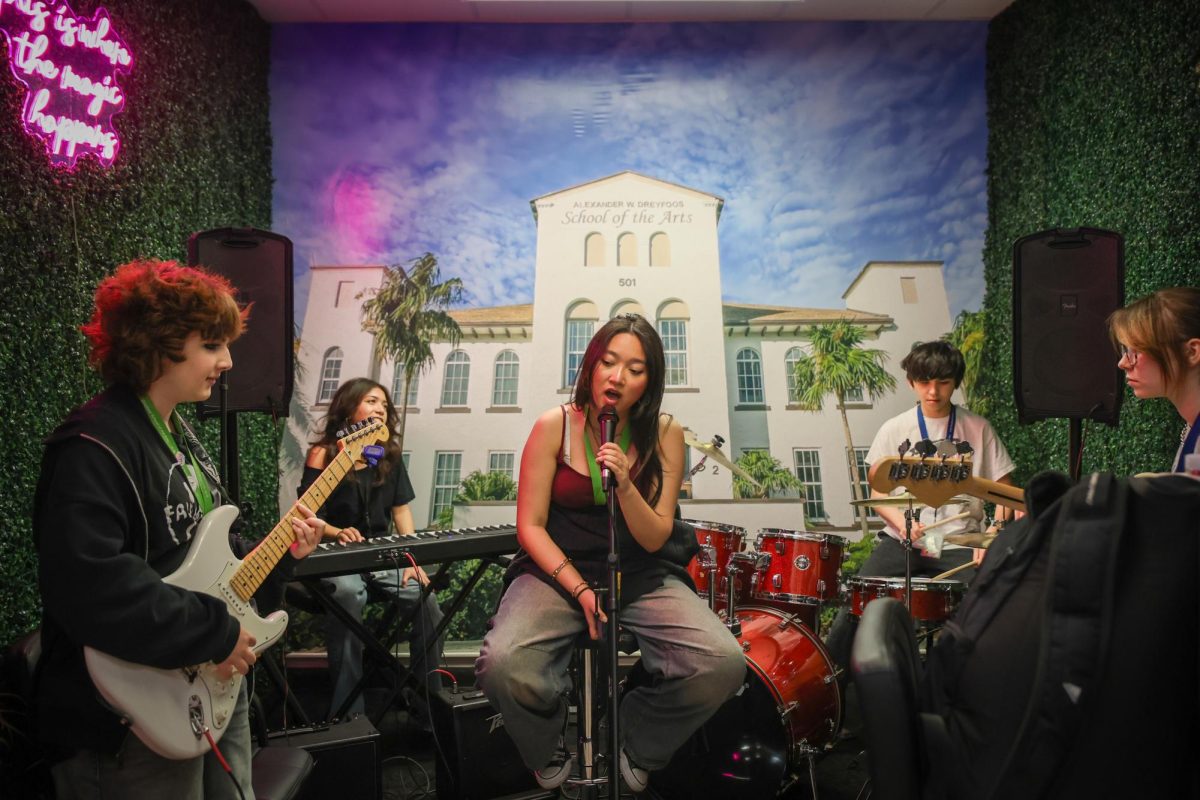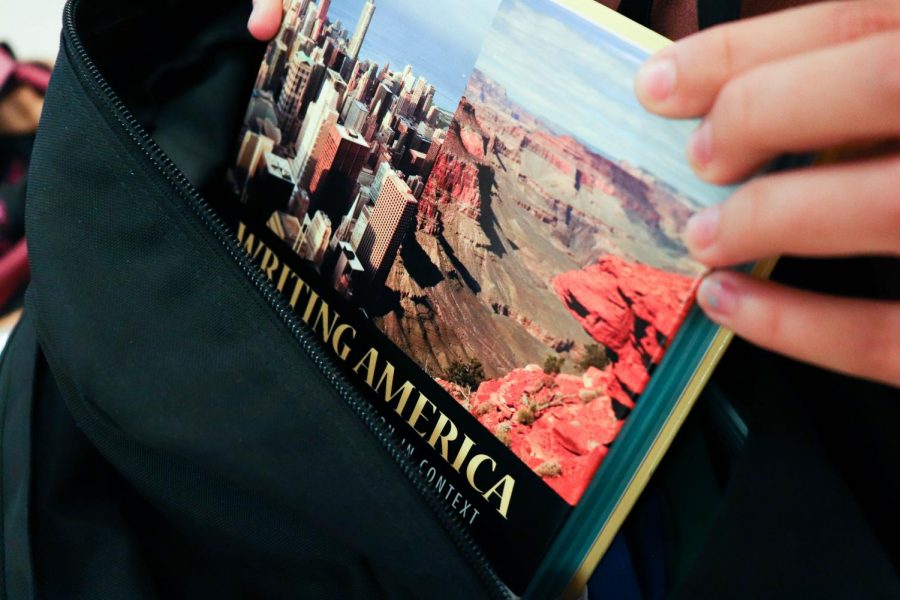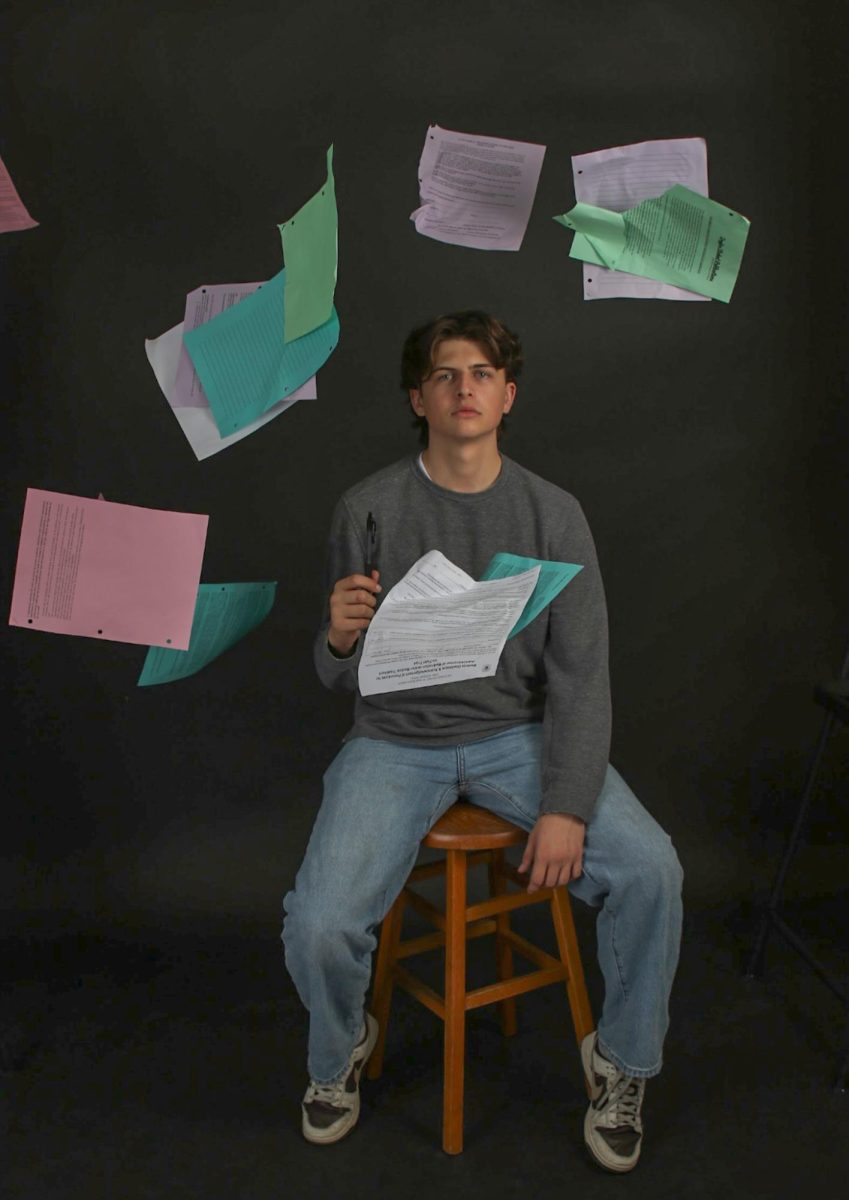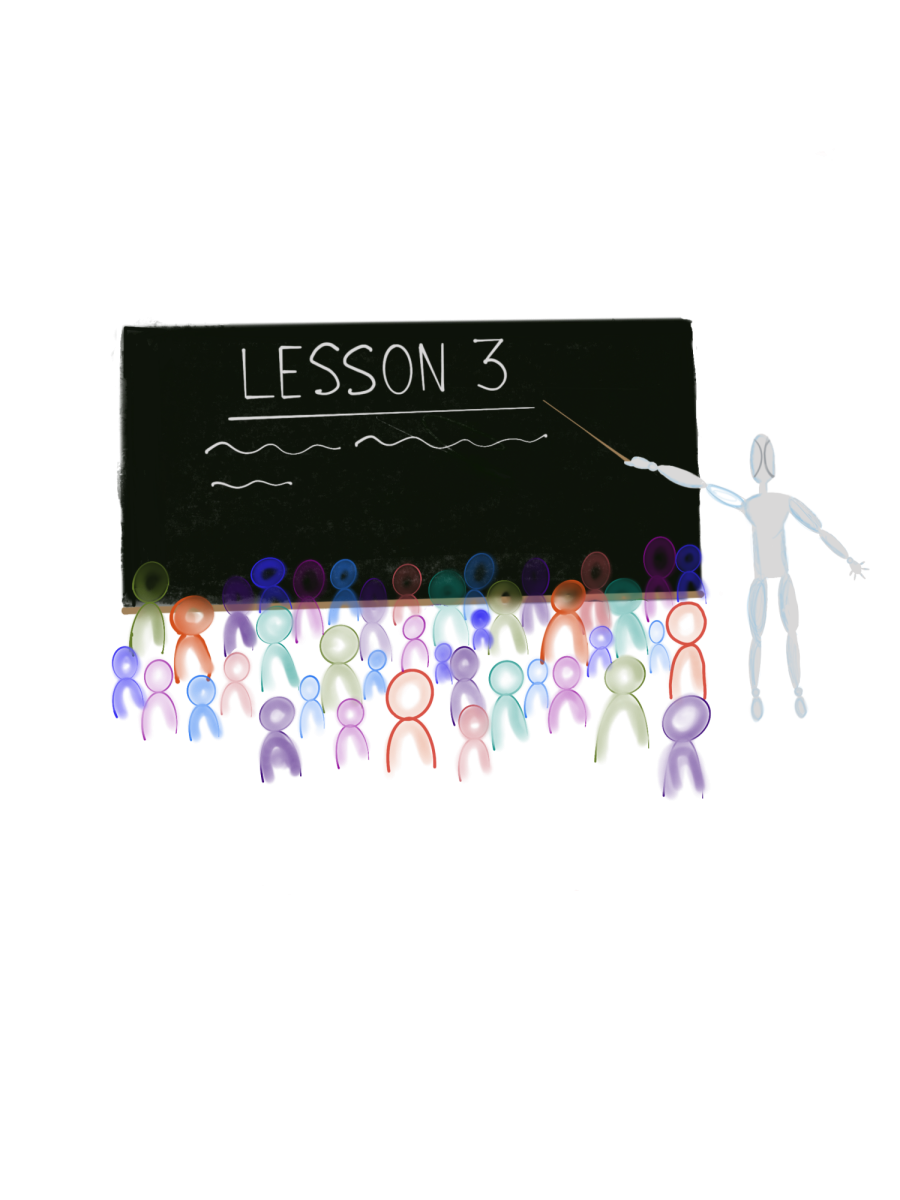In a recent scientific study, researchers concluded that the heaviest objects in the universe include black holes, neutron stars, and the average high school textbook.
Although the vast majority of schools still employ them as primary learning supplements, textbooks remain extremely expensive while failing to provide the same instructional benefits offered by newer technology.
With the advent of the internet and the subsequent proliferation of online resources and e-textbooks, the time has come for physical textbooks to take a back seat in the educational process as better, cheaper alternatives pave the way.
A Textbook Case of Exorbitant Costs
Coming in at a staggering 4’10’’, I was a force to be reckoned with in the fifth grade. Despite my towering physique, I was more academically driven than I was inclined to play basketball. Toward the middle of the year, my teacher encouraged me to submit an essay for a local scholarship competition.
A few months after I had done so, I received the news that I was one of the winners of the $500 scholarship, which, I presumed, would be at least enough to pay for my first two years of college. Much to my dismay, my mother speculated that this huge sum of money would only be able to pay for a few of my textbooks.
Unfortunately, $500 is nowhere near enough to pay for a batch of textbooks, whether they be for college or high school. The College Board estimates that university students spend as much as $1,200 a year on textbooks, while digital materials are considerably cheaper. Meanwhile, as Vail Unified School District in Arizona became the first in the nation to shun textbooks entirely, the average per-pupil cost of materials fell from $51 to $9 in just two years. The district invested its newfound savings into computers and online tools and saw students succeed at higher levels than they ever had before.
Likewise, the Lake Washington School District found that converting to digital textbooks had the potential to save its schools almost a quarter million dollars per subject. With such enormous savings, schools would be able to supply higher teacher salaries, fund arts education, or purchase 34,293 DVDs of “Shrek”. The sooner we abandon textbooks, the better. Since 1978, textbook costs have increased by 812 percent and show no signs of slowing down. Meanwhile, “Shrek” remains the affordable price of $7.29. I think we all know what the better investment would be.
How Electronics Enhance Education
Some may argue that although textbooks are expensive, they’re still effective, tried-and-true learning resources. And generally, they are. But, interactive programs and online textbooks have proven to be more useful tools in generating academic success.
While textbooks are fairly limited in regard to reader engagement, software provides users with videos, quizzes, and even personalized learning programs in addition to the text on the screen. As we make greater technological strides, artificial intelligence can personalize course content to students, while providing teachers with data and feedback that can be used to improve in-classroom teaching. Programs like Membean, i-Ready, and LearnZillion are among those that have entered the digital education market, and textbook giants such as Pearson, McGraw Hill, and Houghton Mifflin Harcourt are extending most of their focus to digitizing textbooks and expanding online content.
Additionally, while printed textbooks become outdated as the years stretch on, internet resources can be quickly updated as new research and discoveries come to light. Most textbooks last 7–10 years or more before they are eventually replaced. While the greater portion of these books are accurate, some can contain false or distorted information. For example, two Virginia history textbooks were found to contain dozens of serious errors, including implications that thousands of African Americans fought with the Confederacy during the Civil War. With the typical 7–10 year lifespan of a textbook, these books could have misinformed thousands of students, whereas online books and study tools are more standardized and able to correct inaccuracies in a matter of minutes.
For a perfect case study in the value of digital resources, look no further than Mooresville, N.C. After the school district abandoned textbooks and adopted laptops for every student past third grade, graduation rates increased from 64 to 90 percent, and test scores and attendance rates have followed the same upward trend. Mooresville is not alone in these results. Studies suggest that students who use online materials perform better and achieve higher grades than those who learn without them.
While textbooks may be better for introducing students to chronic back pain, the digital realm is far more promising in nearly every other aspect. As educational methods adapt to our changing technology, students will get the best out of learning without breaking their backs (or their bank accounts) in the process.

